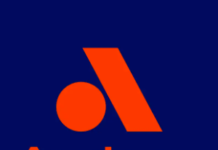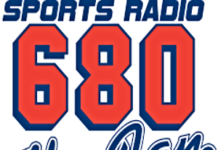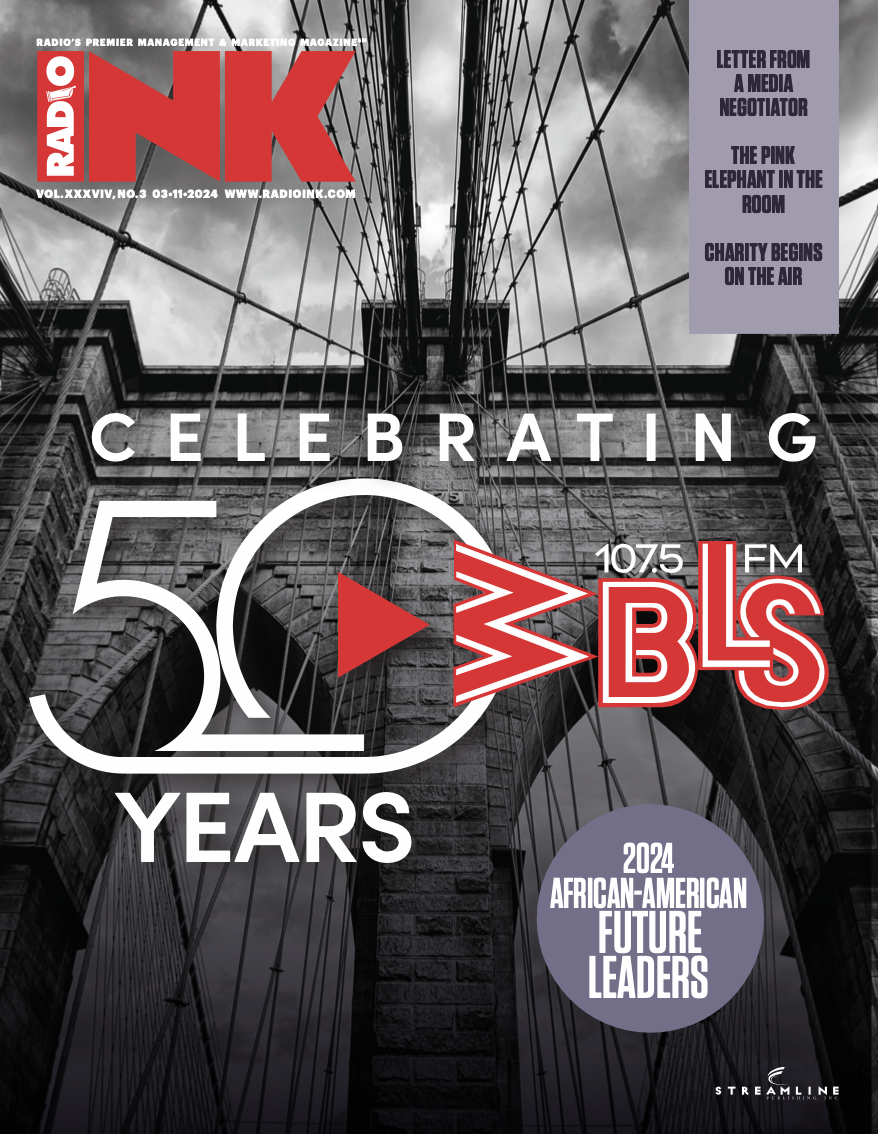
(By James Bahm) I love when my daughter asks me how to do something. The other night we were wrapping my wife’s Chrismukkah gifts, and she wanted to help me. It’s not so much how the gifts looked, the most important thing about sitting on the floor with my daughter was showing her the basics of how to wrap a present.
Regardless of the steps involved, the basics of gift wrapping are the same. My daughter doesn’t learn just by watching me do it, she needs to get her hands on the wrapping paper and the tape, learn how to fold the paper and make sure there’s so much tape on the corners that my wife will need a few extra minutes to open it!
There is one question that I always ask in every interview, that I’ve never heard anyone ask me. To see it in print probably won’t have any effect on you until you think about how impactful it is to ensure the success of the candidate you are interviewing. Four simple words with far-reaching implications.
How do you learn?
You might think that the onboarding program developed by who-knows at corporate is the most ideal for every person your company hires. It’s not. You need to develop different forms of the same curriculum for each of the four main learning styles because each person you hire learns differently.
There are several types of learning styles, depending on which website you visit, but they all boil down to the following four: visual, auditory, reading and writing, and kinesthetic (commonly referred to as VARK as first established in 1992 by Neil Fleming and Colleen Mills). Let’s look at each one in turn and how you can alter your onboarding, so each person thrives at your company.
The Visual Learner
Rasmussen University says that the visual learners are those that learn by observing and seeing things like diagrams or written directions. Whatever system you use to enter orders, having learning material with screenshots that accompany a step-by-step guide will help them grasp it faster. You’ll want to print out any PowerPoint presentations you use as well. It’s important to note that visual learners may need a bit longer to process what they see, so make sure you give them time and space to learn.
The Auditory Learner
These learners, according to Rasmussen University, learn when the subject is reinforced by sound. Put these learners in a lecture and let them put what is taught in their own words and will verbally explain things well. Engage these learners in a question-and-answer environment, or maybe have fun by turning it into a game. Don’t hesitate to put together videos they can watch – whereas the visual learner relies on a hand-out, these learners will watch a video of someone entering an order. Just realize they may be slower readers and may repeat what you say to better reinforce the message.
Kinesthetic Learners
Bonus points for pronouncing that correctly (kin·es·thet·ic). These learners are like my daughter: very tactile. They learn by touching and doing and acquiring muscle memory. You may notice a few people who have a hard time sitting still, or they may need to take an extra break or two. Role play is a great learning tool here, as is sitting them in front of a computer and talk them though using the systems. I love this quote from Rasmussen, “Once kinesthetic learners can physically sense what they’re studying, abstract ideas and difficult concepts become easier to understand.”
Reading/Writing Learners
According to Fleming and Mills, these learners prefer to learn through written words. And while similar to auditory learners, these individuals will express themselves through the written word. They’ll read articles on websites like RadioInk.com, or in books like Don’t Yuck My Yum. One thing I do when I read, and I come across a word I don’t know, I’ll write down, and then I’ll look all the words up in the dictionary when I finish the book/article. This style closely mirrors the traditional education system, says Rasmussen, so be sure to allow these individuals a lot of time to absorb what they read, and let their creativity shine in what they write. These learners should make great bloggers for your stations’ websites – something I’ve covered in previous columns.
Yes, you will need to do a lot more work to alter your onboarding materials, but making the change to match your new hire’s learning style will show them how much you value them as a person and how much you are investing in the success they haven’t yet imagined possible.
While things slow down around the holidays, have fun with your team and have everyone go to https://vark-learn.com/the-vark-questionnaire/ to discover their learning style. Imagine the impact you’ll have on your team when they see the investment you’re making to mentor them in a way that is as unique as they are. It’ll pay dividends throughout their career.
If you tell the candidates you interview that you have the best onboarding materials and care about their success, put your money where your mouth is and develop a way for every person to learn and excel. Great teachers know that no two students learn the same way, so why then do so many companies teach all new hires the same way? Don’t be a stumbling block that prohibits progress, be the stepping stone that paves the way forward.
Bottom Line: Adapting your teaching styles to match those of your students makes you great, because teachers have the greatest responsibility of all – laying the foundation of future success.
James Bahm has over 30 years’ experience in broadcasting, sales and marketing, and recruiting and hiring. He is the author of Don’t Yuck My Yum – a Professional Development and Sales & Marketing book – which is available on amazon.com. He can be reached via email: [email protected].







